Table of Contents
- Introduction to Mole Food
- What Is Mole? The Mole Food Definition Explained
- Types of Mole and Their Unique Flavors
- Cooking with Mole: Tips for Beginners and Pros
- Buying Guide: How to Choose the Right Mole for Your Kitchen
- Frequently Asked Questions About Mole Food
- Conclusion: Embrace the Richness of Mole
If you're searching for "mole food definition" or wondering "what is mole sauce", you've come to the right place. Mole is a traditional Mexican sauce with a rich history and complex flavor profile that has captivated food lovers worldwide. Unlike what many believe, mole isn't just a single sauce but a family of sauces with regional variations that each tell their own story.
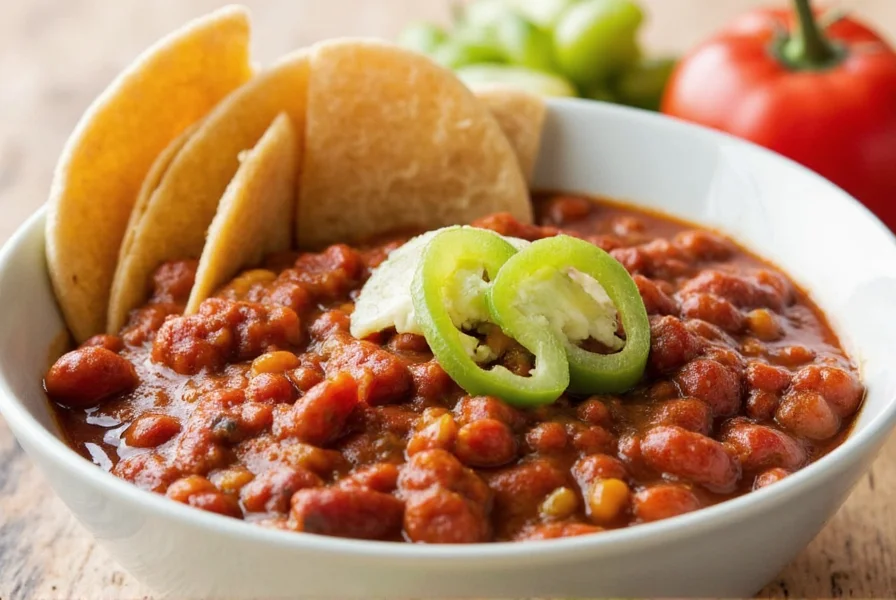
For those asking "is mole Mexican" or "does mole contain chocolate", this article provides clear, accurate answers based on authentic Mexican culinary traditions. We'll explore the true mole food definition, debunk common misconceptions, and show you how to use this versatile sauce in your cooking.
What Is Mole? The Mole Food Definition Explained
Mole (pronounced "mo-lay") is a traditional Mexican sauce with origins dating back to pre-Hispanic times. The term comes from the Nahuatl word "mōlli," meaning "sauce" or "concoction." Contrary to popular belief, mole isn't a single recipe but a family of sauces that vary significantly by region and ingredients.
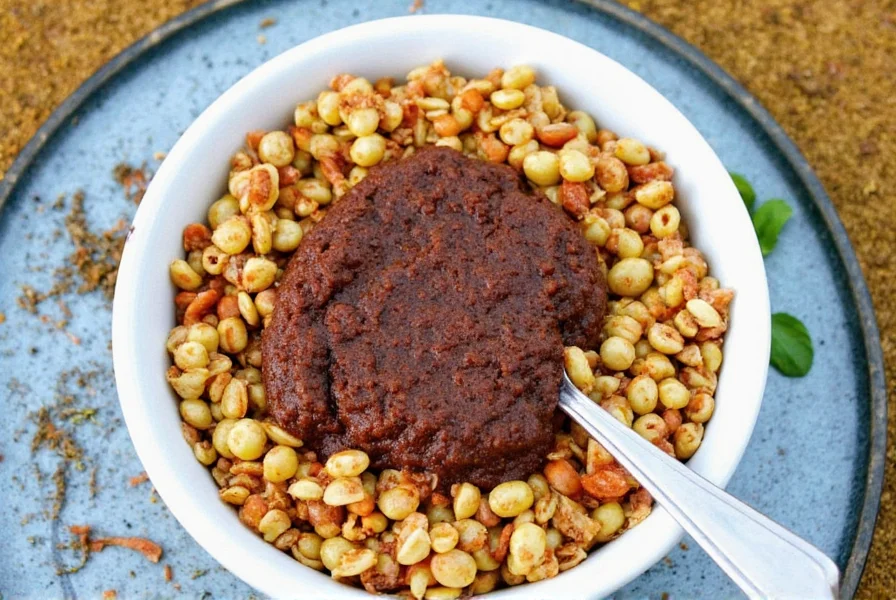
Traditional mole sauces typically include a combination of chiles, spices, nuts, seeds, and sometimes fruits or chocolate. However, not all mole varieties contain chocolate - this is a common misconception stemming from the popularity of mole poblano. The sauce is characterized by its complex, layered flavors that develop through a slow cooking process.
Key facts about mole food definition:
- Not a single sauce but a family of sauces with regional variations
- Origins trace back to pre-Hispanic Mexico
- Not all mole varieties contain chocolate
- Each type has distinct ingredients and flavor profiles
- Often served with poultry, meats, or enchiladas
Types of Mole and Their Unique Flavors
There are numerous mole varieties across Mexico, each with its own unique characteristics. Here are the most common types you'll encounter:
| Type | Key Ingredients | Flavor Profile | Best Uses |
|---|---|---|---|
| Mole Poblano | Chiles, chocolate, cinnamon, sesame seeds, almonds | Rich, slightly sweet, balanced spice | Enchiladas, turkey, chicken |
| Mole Verde | Green chiles, tomatillos, cilantro, pumpkin seeds | Bright, herbaceous, fresh | Chicken, fish, vegetables |
| Mole Rojo | Dried red chiles, tomatoes, spices | Spicy, smoky, robust | Stews, roasted meats |
| Mole Negro | Multiple chiles, chocolate, plantains, spices | Deep, complex, slightly bitter | Special occasions, gourmet dishes |
| Mole de Olla | Chiles, tomatoes, onions, garlic | Simple, rustic, earthy | Everyday meals, soups |
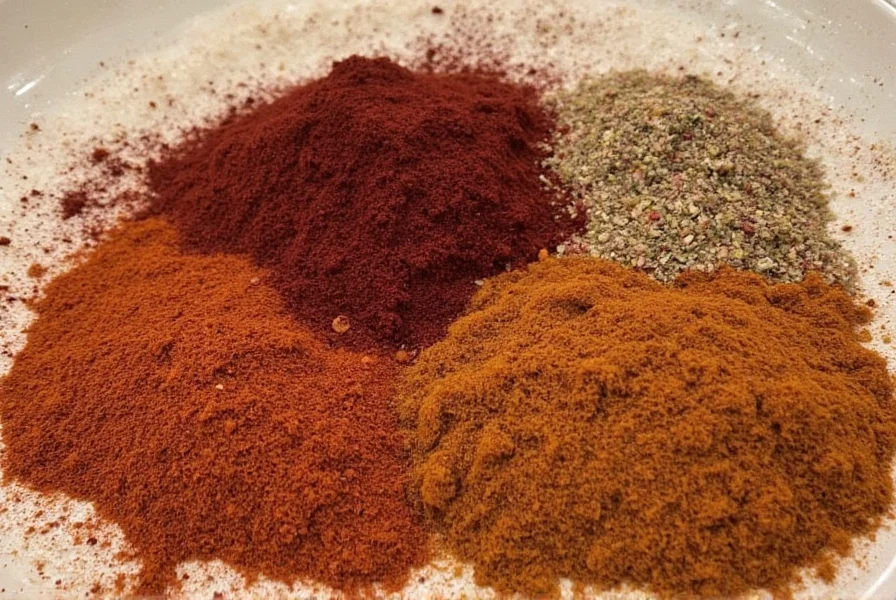
Each mole type represents a distinct culinary tradition. For example, mole poblano is most associated with Puebla state, while mole negro is a specialty of Oaxaca. Understanding these regional differences is key to appreciating the true mole food definition.
Cooking with Mole: Tips for Beginners and Pros
Whether you're using store-bought mole or making it from scratch, these practical tips will help you get the best results:
- Start with quality ingredients: Authentic mole begins with high-quality chiles and spices. Look for fresh, whole ingredients when possible.
- Toast your spices: Toasting spices before blending enhances their flavor and aroma.
- Balance the flavors: Mole should have a harmonious balance of sweet, savory, spicy, and bitter notes. Adjust with sugar, acid, or salt as needed.
- Use the right consistency: Traditional mole should be thick enough to coat the back of a spoon but not too thick to pour.
- Pair with appropriate proteins: Mole works best with chicken, turkey, pork, or beef. Avoid using it with delicate fish unless making a specific mole verde variation.
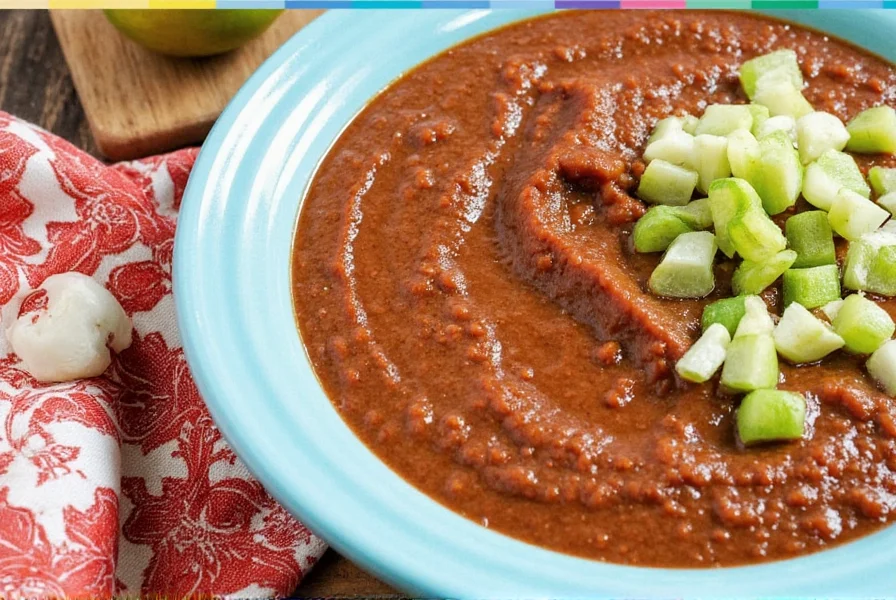
For beginners, starting with a pre-made mole paste (like those from reputable Mexican brands) is a great way to experience authentic flavors without the complexity of making it from scratch. Simply dilute with broth or water according to package instructions.
Buying Guide: How to Choose the Right Mole for Your Kitchen
| Product Type | Best For | Price Range | Key Considerations |
|---|---|---|---|
| Pre-made mole paste | Beginners, quick meals | $6-$15 | Look for natural ingredients, no artificial preservatives, and clear country of origin |
| Mole spice blends | DIY enthusiasts | $8-$20 | Check if the blend is for a specific mole type (poblano, verde, etc.) |
| Ready-to-use mole sauce | Convenience seekers | $5-$12 | Verify it's actually mole and not just a generic "Mexican sauce" |
| Traditional mole kits | Cooking enthusiasts | $15-$30 | Ensure it includes authentic ingredients and clear instructions |
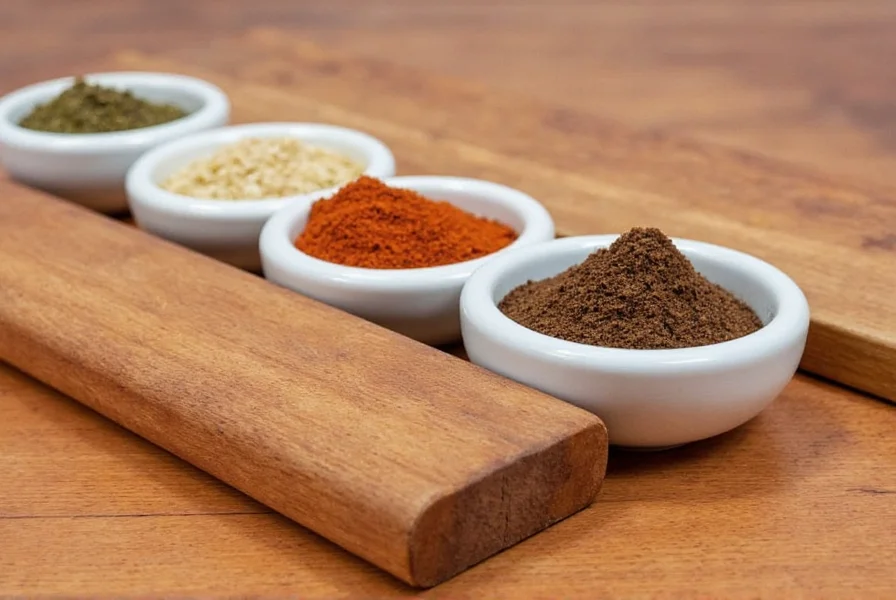
When shopping for mole, look for products that specify "hecho en México" (made in Mexico) and list traditional ingredients. Avoid products with excessive fillers, artificial flavors, or generic "Mexican spice" labels. Authentic mole should have a complex flavor profile that goes beyond simple heat.
Frequently Asked Questions About Mole Food
What is mole food?
Mole is a traditional Mexican sauce with origins dating back to pre-Hispanic times. The term comes from the Nahuatl word "mōlli," meaning "sauce" or "concoction." Mole isn't a single recipe but a family of sauces with regional variations, each with its own unique ingredients and flavor profile.
Is mole sauce Mexican?
Yes, mole is distinctly Mexican, with its origins tracing back to pre-Hispanic Mexico. While similar complex sauces exist in other cuisines worldwide, traditional mole as we know it today developed in Mexico, particularly in regions like Puebla and Oaxaca. It represents a fusion of indigenous Mesoamerican cooking and Spanish influences.
Does mole always contain chocolate?
No, not all mole varieties contain chocolate. While the famous mole poblano does include chocolate as one of its ingredients, many other types of mole (like mole verde, mole rojo, and mole de olla) do not contain chocolate at all. The misconception that all mole contains chocolate comes from the popularity of mole poblano, which is often what people encounter first when trying mole.
What does mole taste like?
Mole has a complex flavor profile that varies by type. Generally, it offers a balance of sweet, savory, spicy, and sometimes smoky notes. Traditional mole poblano has rich earthy flavors from chiles, subtle sweetness from chocolate and spices like cinnamon, and a mild heat. Mole verde tends to be brighter and more herbaceous, while mole negro is deeply complex with notes of toasted spices and dried fruits.
How is mole traditionally served?
Traditionally, mole is served over meats (especially chicken or turkey), enchiladas, or with rice and tortillas. In Mexican celebrations and special occasions, mole poblano is often served with turkey. The sauce is typically poured generously over the main protein, accompanied by sides that help balance its rich flavor.
Is mole spicy?
The spiciness of mole varies significantly by type and recipe. Some moles (like certain versions of mole rojo) can be quite spicy, while others (like mole poblano) are more balanced with the heat tempered by ingredients like chocolate, nuts, and seeds. The complexity of mole means that heat is just one component of its flavor profile, often balanced with sweet, savory, and earthy notes.
Conclusion: Embrace the Richness of Mole
Mole is more than just a sauce—it's a celebration of Mexican culinary heritage with a history spanning centuries. Understanding the true mole food definition helps us appreciate the complexity and diversity of this traditional sauce beyond common misconceptions.
Whether you're using store-bought mole or making it from scratch, the key is to respect its origins and complexity. Mole isn't just about heat; it's about balance, layering flavors, and creating harmony between ingredients. When prepared properly, mole can transform simple ingredients into something truly special.
So why not explore this rich culinary tradition? With the right knowledge and ingredients, you can experience the authentic flavors of Mexico in your own kitchen. From the humblest home cook to professional chefs, mole offers endless possibilities for creating memorable dishes that honor Mexican culinary heritage.










 浙公网安备
33010002000092号
浙公网安备
33010002000092号 浙B2-20120091-4
浙B2-20120091-4